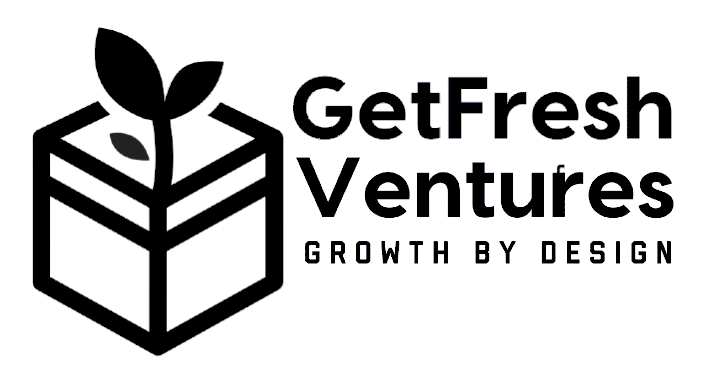The Paradox of Change: Winning Against the True Competitor in the Market
There’s a common misconception in business.
We often mistakenly believe that our primary adversary is another company vying for the same market share. In reality, your main competitor isn’t one of the competitors in the market at all. The real challenge, the formidable opponent we all face, is the resistance to change inherent in us all.
It’s easy to overlook the simple fact that people are busy with their lives. Day-to-day routines are familiar and comfortable, providing a sense of security and predictability. As a result, change, especially to our daily habits, becomes a royal pain in the backside.
Consider this: have you ever tried joining the 5am club to workout? I’ve been attempting to incorporate this change into my routine for the past six years. It’s tough, right? But why is it so hard to instigate a change that's clearly beneficial?
The answer lies in the nature of the change itself. Change that benefits someone else, instead of the individual themselves, is the most challenging to implement. It’s the kind of transformation that you will need to be dragged into, kicking and screaming.
Take, for example, the situation where your Chief Revenue Officer tells you to update the Customer Relationship Management system (CRM) to plan revenue more predictably. I bet you didn't feel compelled to input data until you realized your commission depended on it.
Now, apply this scenario to when you're presenting a business leader with your solution to improve their business, their revenue, their time spent, and more. The issue you should be most concerned about isn't the potential benefit but the change required and the pain involved, real or perceived.
It's an all-too-common scene in startups. Teams talk through sales and implementation plans with phrases like, "so we are going to do this, then the client is going to do this, and then we do this, then profit." Lots of hand waving, but very little acknowledgment of the true challenge: implementing change.
Having built companies from the ground up, doing the hard things to get the hard things done, I can attest that the biggest hurdle I've always faced is getting people to do things - things that benefitted them. Not because they weren't convinced it was the right thing, but because they lacked the personal impetus to change their well-worn norm.
Remember, when thinking about getting people to change to benefit from your offer, you must get seriously tactical and human about the change. Transitioning from inertia to evolution requires a monumental effort. To facilitate this, you must stay focused on making the change feel human, and stay on top of the humans involved to assure them and shepherd them through the change.
I've come to call this approach the "build for the lowest common denominator of laziness" strategy. Why? Because let's face it, we all have a bit of laziness within us. I'll freely admit it: I'm lazy as heck. I'm still eagerly waiting for that one garbage can that separates the trash and takes it out to the curb by itself.
Perhaps, instead of writing a better business plan no one will read, we should focus on creating AI that can solve this very real, very human problem.
